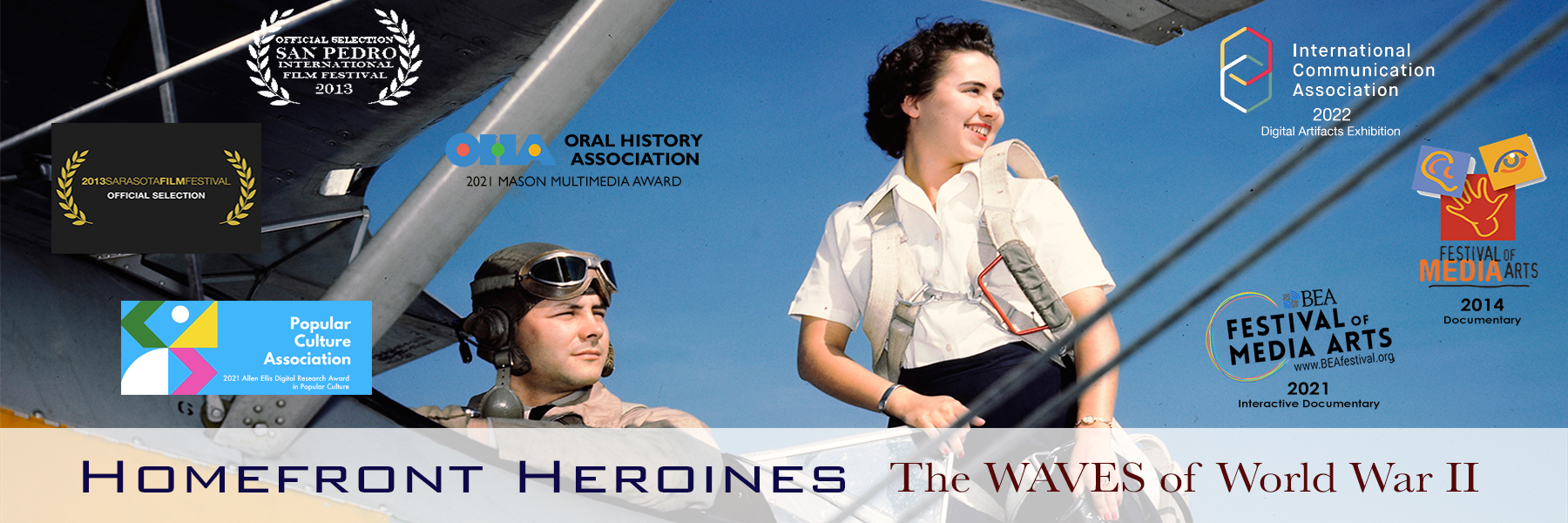They were the hinges of history…
Homefront Heroines: The WAVES of World War II introduces a group of quirky, independent and determined women who went where no women had gone before: into the Navy as WAVES, or Women Accepted for Volunteer Emergency Service. Through oral histories, a documentary film (six years in the making), a blog, and immersive storytelling, this interactive documentary project reveals a hidden history about a generation that changed the course of American life.
here are their stories.
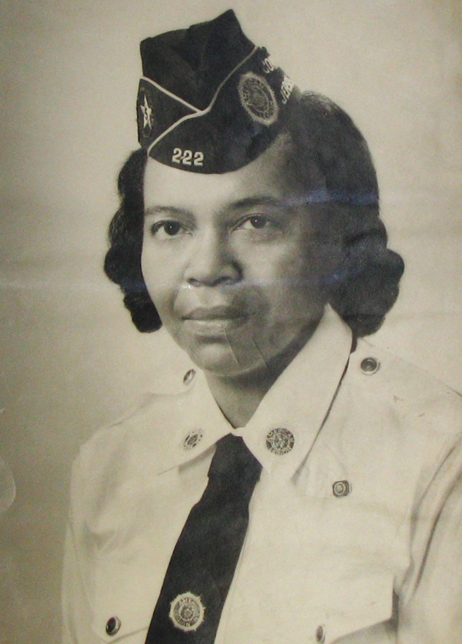
Jean Byrd Stewart
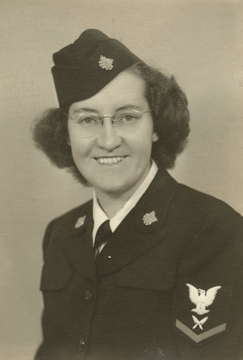
Virginia "Vickie" Burdick Leach
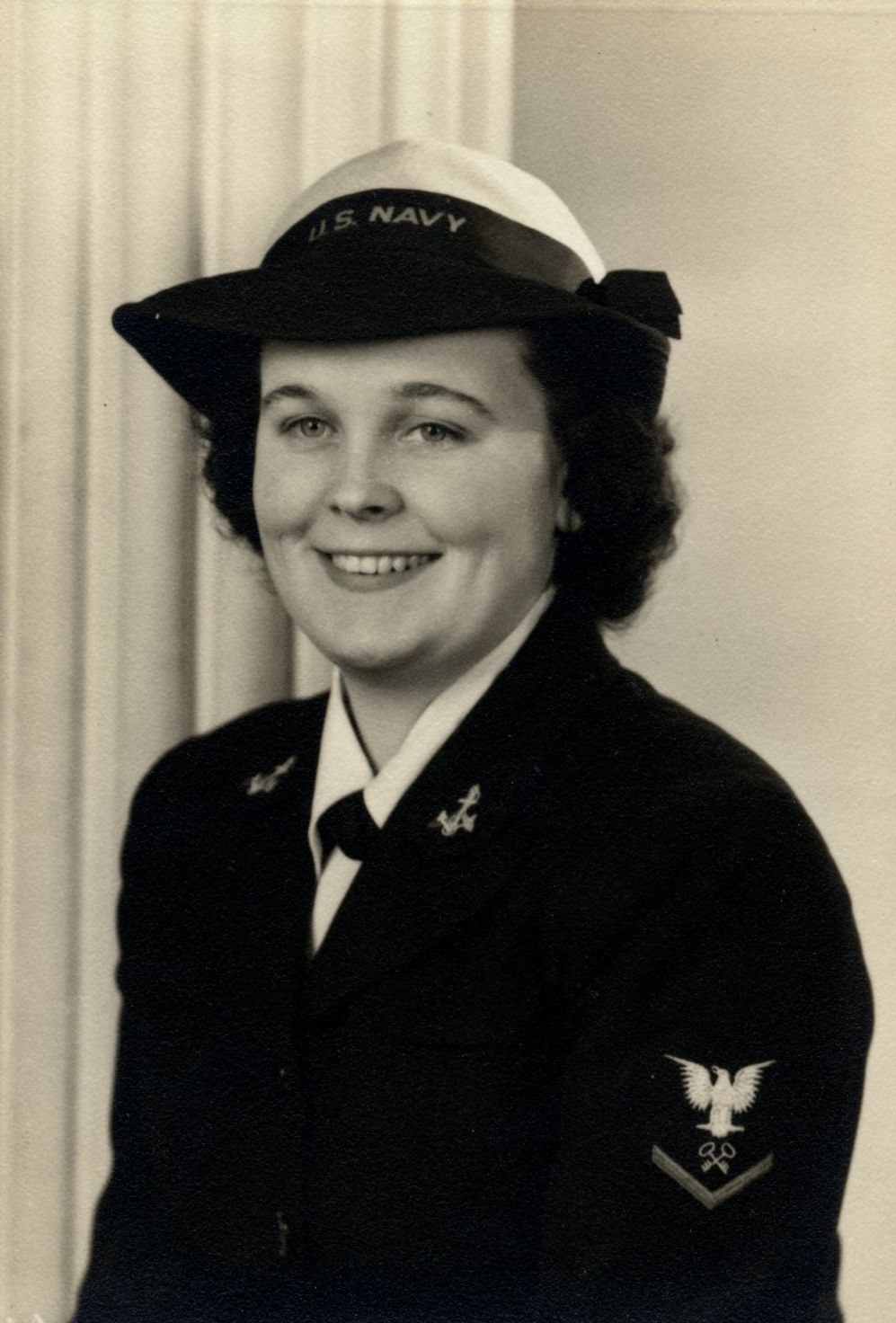
Margaret Gay
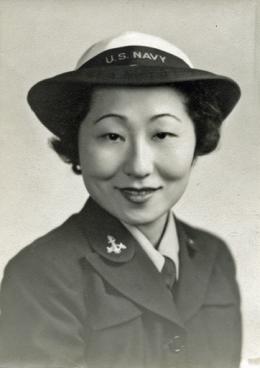
Susan Ahn Cuddy
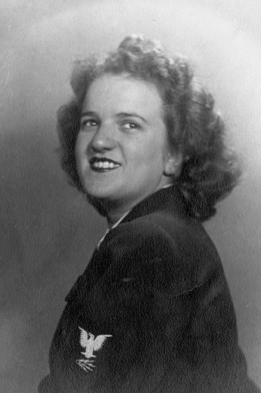
Helen Edgar Gilbert
About the Project
We began working on Homefront Heroines in 2006, interviewing Navy WAVES and Coast Guard SPARs (from the Coast Guard motto “Semper Paratus Always Ready”). This started as academic research, with the intent of transforming it into a multi-media interactive documentary project. Watch our introductory video to learn more.
BROUGHT TO YOU COURTESY OF THE GENEROUS SUPPORT OF


Watch Us on Vimeo
Buy or rent
Watch Us on Amazon
Buy or rent
